SN9: Cross-Modal Satellite Imagery Registration
The Problem
Swift and effective disaster response often relies on the integration and analysis of diverse remote sensing data sources such as electro-optical and Synthetic Aperture Radar (SAR). However, the co-registration of optical and SAR imagery remains a major challenge due to the inherent differences in their acquisition methods and data characteristics. SpaceNet 9 aims to address this issue by focusing on cross-modal image registration, a critical preprocessing step for disaster analysis and recovery. Participants in this challenge will develop algorithms to compute pixel-wise spatial transformations between optical imagery and SAR imagery, specifically in earthquake-affected regions. These algorithms will be evaluated for their ability to align tie-points across modalities, enabling better downstream analytics such as damage assessment and change detection.
RELATED BLOGS
License

The SpaceNet Dataset by SpaceNet Partners is licensed under a Creative Commons Attribution-ShareAlike 4.0 International License.
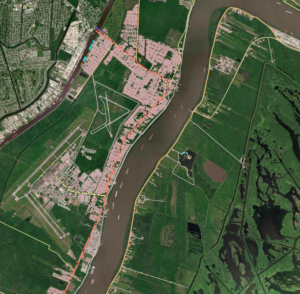
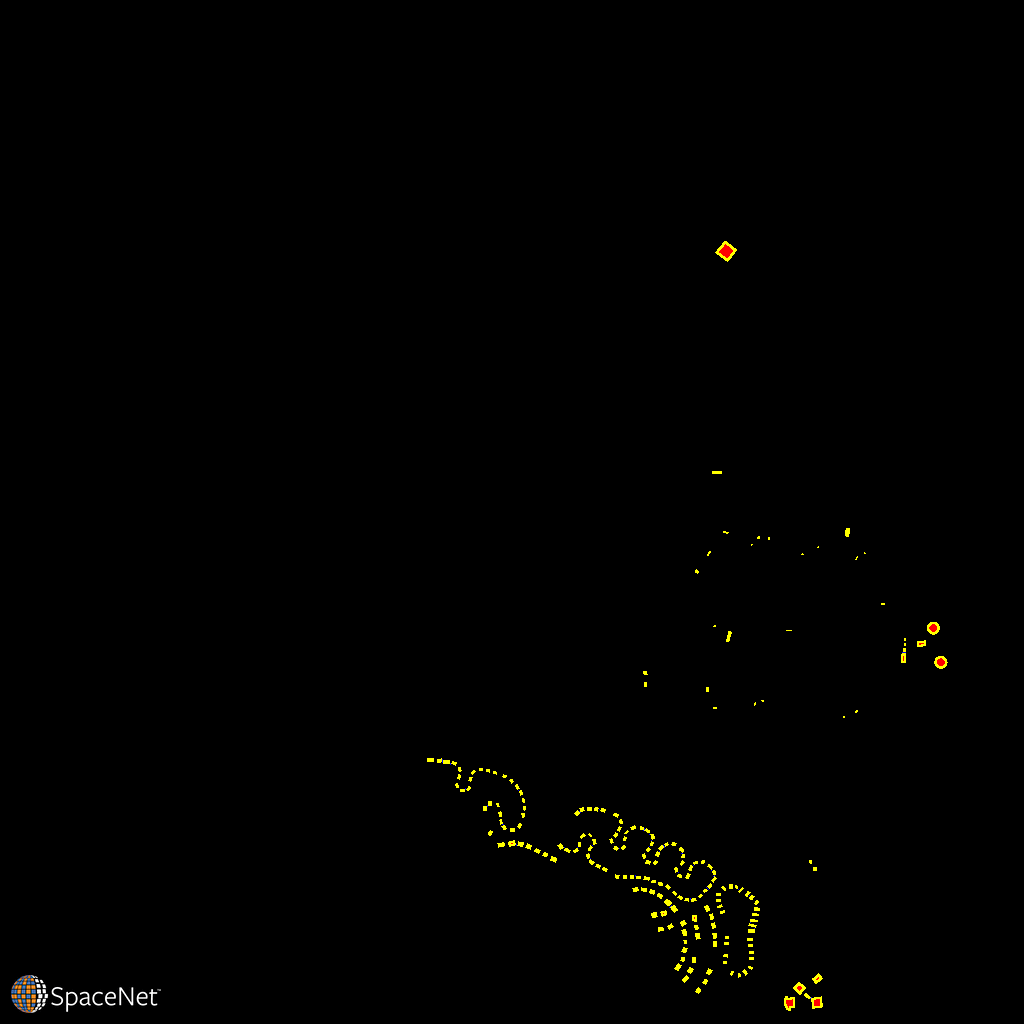
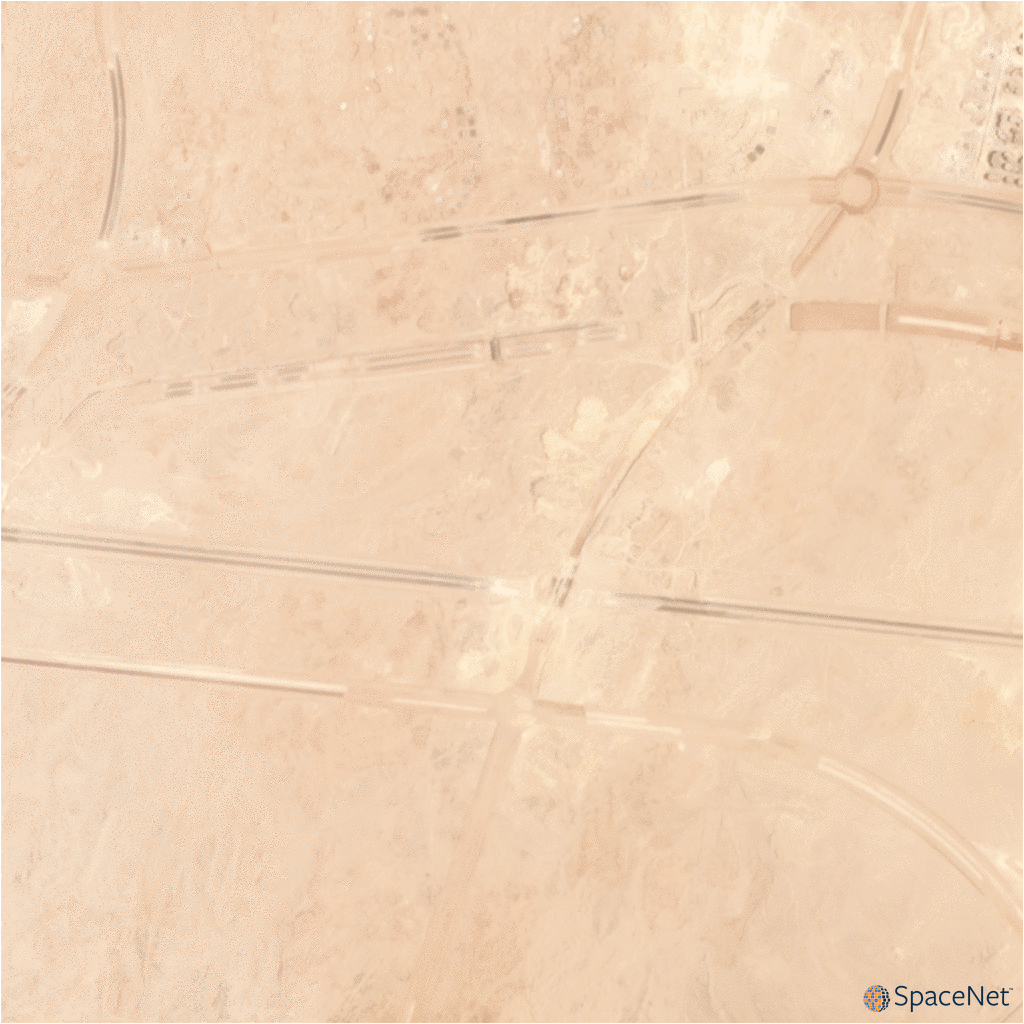
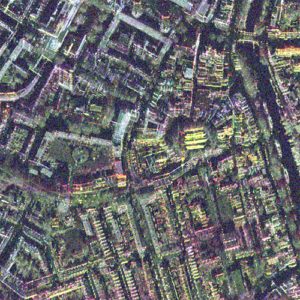
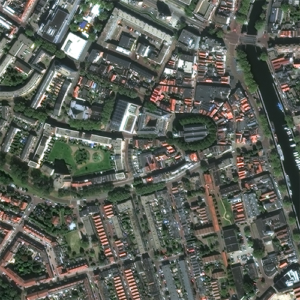
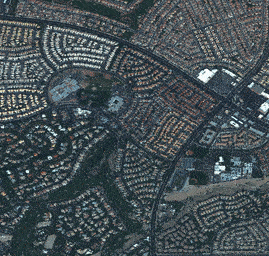 Determining optimal routing paths in near real-time is at the heart of many humanitarian, civil, military, and commercial challenges. This statement is as true today as it was two years ago when the SpaceNet Partners announced the
Determining optimal routing paths in near real-time is at the heart of many humanitarian, civil, military, and commercial challenges. This statement is as true today as it was two years ago when the SpaceNet Partners announced the 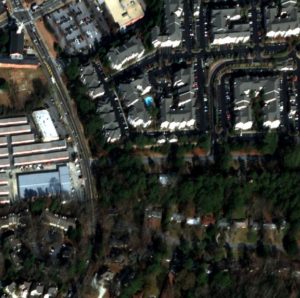 Can you help us automate mapping from off-nadir imagery? In this challenge, competitors were tasked with finding automated methods for extracting map-ready building footprints from high-resolution satellite imagery from high off-nadir imagery. In many disaster scenarios the first post-event imagery is from a more off-nadir image than is used in standard mapping use cases. The ability to use higher off-nadir imagery will allow for more flexibility in acquiring and using satellite imagery after a disaster. Moving towards more accurate fully automated extraction of building footprints will help bring innovation to computer vision methodologies applied to high-resolution satellite imagery, and ultimately help create better maps where they are needed most.
Can you help us automate mapping from off-nadir imagery? In this challenge, competitors were tasked with finding automated methods for extracting map-ready building footprints from high-resolution satellite imagery from high off-nadir imagery. In many disaster scenarios the first post-event imagery is from a more off-nadir image than is used in standard mapping use cases. The ability to use higher off-nadir imagery will allow for more flexibility in acquiring and using satellite imagery after a disaster. Moving towards more accurate fully automated extraction of building footprints will help bring innovation to computer vision methodologies applied to high-resolution satellite imagery, and ultimately help create better maps where they are needed most.